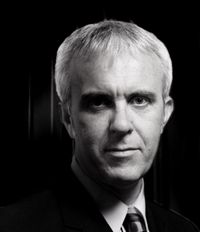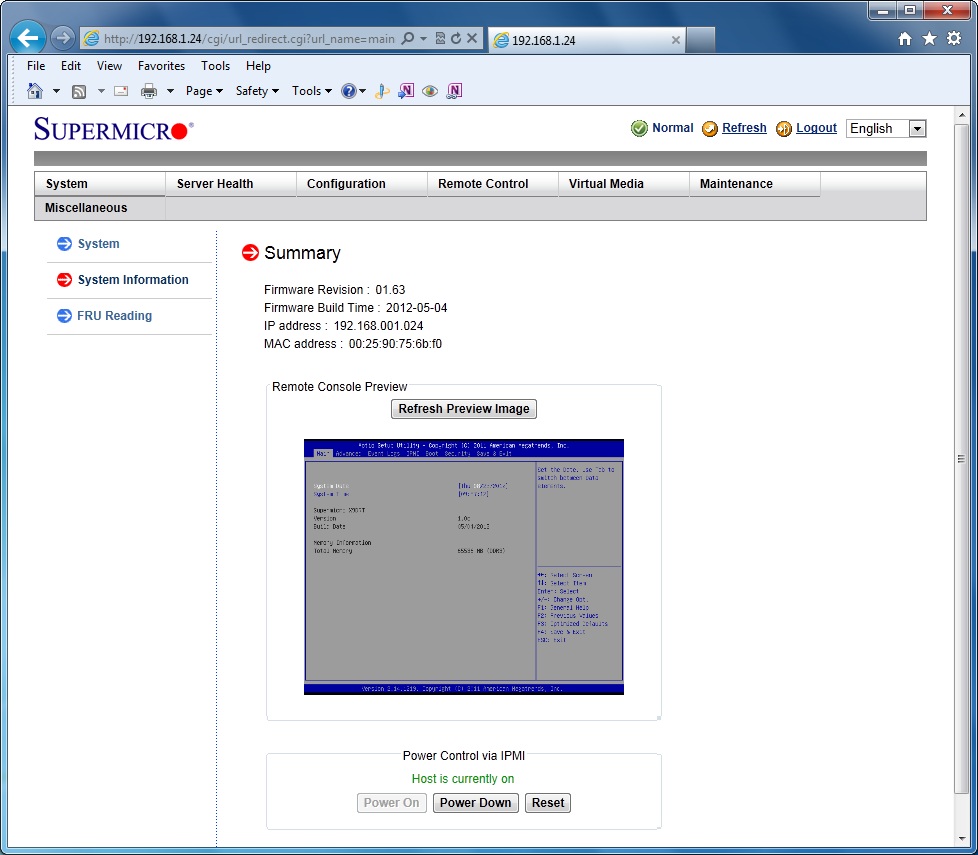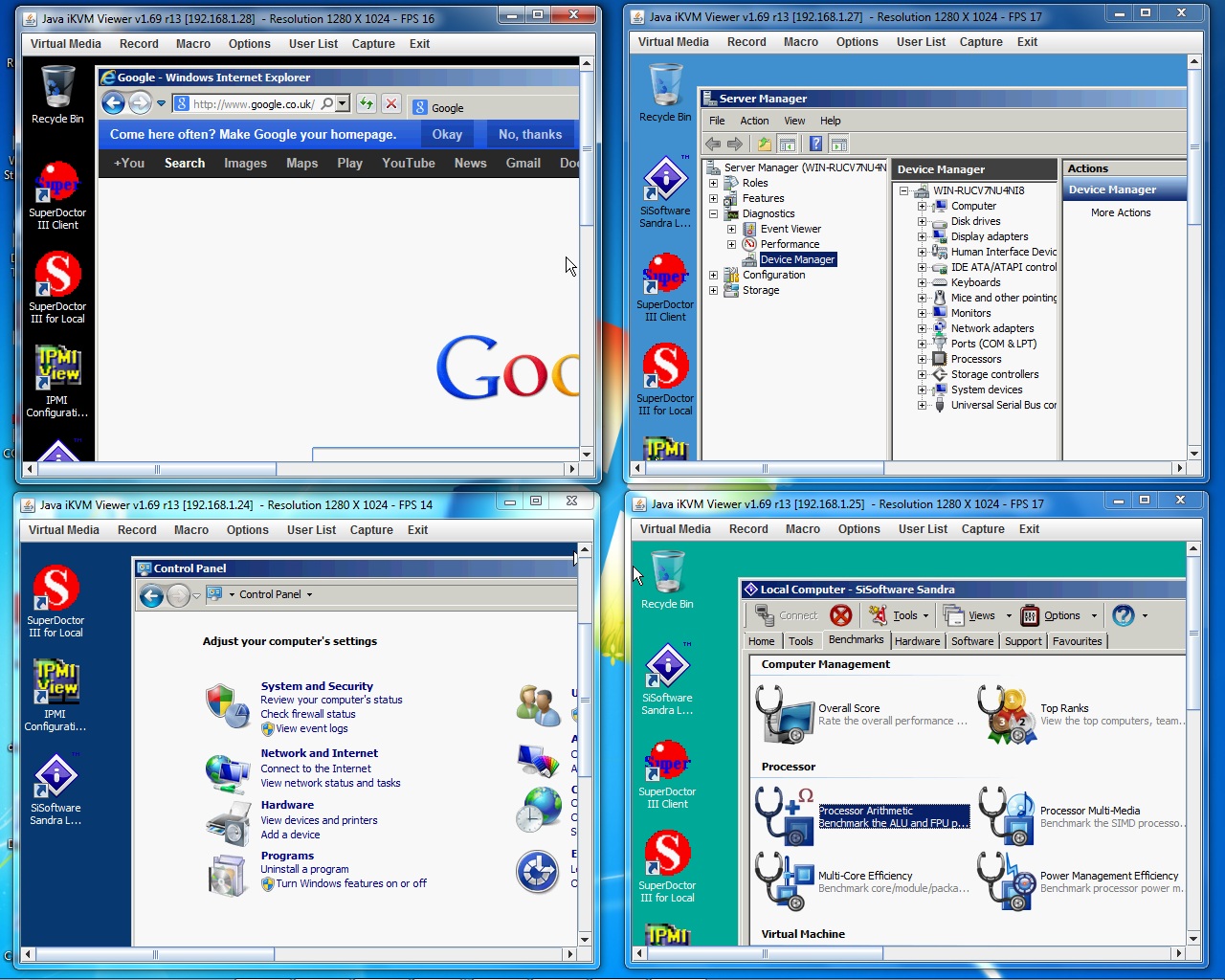Boston Quattro 1264-T01 review
This multi-node server packs a massive rack processing density and at a shade under £10,000, it's a highly cost effective alternative to blade servers.
Blade servers pale into insignificance when faced with the Quattro’s processing density making it well suited to a wide range of tasks including cloud computing and HPC duties. Even better is the price as the Quattro 1264-T01 is the equal of Dell’s PowerEdge C6220 for build quality and features but beats it soundly on value.

Power and SATA interfaces for each node are routed through to an extension bar on the side of their case. As you slide the node into place, this mates with the chassis backplane allowing the node to receive power and hard disk storage.

Each node has its own embedded RMM and provides remote management via a dedicated network port
Storage features
The front of the system is packed out with 24 hot-swap SFF hard disk bays. These are separated into four groups on the backplane so each node is allotted six dedicated drives. RAID options are good as the Intel C602 chipset supports mirrors, stripes and RAID-5 arrays.
The rack brackets on each side of the drive bays incorporate illuminated power buttons for each node. These are accompanied by UID LEDs for visual identification plus network and temperature warning lights.
All internal cooling is handled by four large fans located between the drive backplane and nodes. These all run no matter how many nodes are fired up and they aren't hot-swappable so the entire system will need shutting down to replace a failed unit.

The RMM interface allows you to monitor critical components and set up SNMP and email warnings
Power measurements
Power is handled by a pair of 1620W hot-plug supplies mounted in the centre of the chassis and their combined output is shared across all nodes. The Quattro may have a meaty specification but we found it to be quite frugal in the department.
Sign up today and you will receive a free copy of our Future Focus 2025 report - the leading guidance on AI, cybersecurity and other IT challenges as per 700+ senior executives
To test power consumption, we hooked the Quattro up to our inline power meter. With each node loaded with Windows Server 2008 R2 and idling along we saw one, two, three and four nodes draw a total of 121W, 178W, 265W and 300W.
Using the Sisoft Sandra benchmarking app to push the CPUs to maximum load on each node we saw power peak at 314W, 553W, 792W and 1040W respectively. This compares extremely well with Dell's PowerEdge C6220 as its quartet of nodes and their E5-2670 Xeons pulled a noticeably higher 1242W under full load.

Full remote control is a standard feature and came in very handy when we ran our combined power tests
Dave is an IT consultant and freelance journalist specialising in hands-on reviews of computer networking products covering all market sectors from small businesses to enterprises. Founder of Binary Testing Ltd – the UK’s premier independent network testing laboratory - Dave has over 45 years of experience in the IT industry.
Dave has produced many thousands of in-depth business networking product reviews from his lab which have been reproduced globally. Writing for ITPro and its sister title, PC Pro, he covers all areas of business IT infrastructure, including servers, storage, network security, data protection, cloud, infrastructure and services.
-
 Salesforce targets better data, simpler licensing to spur Agentforce adoption – and its acquisition of Informatica is key
Salesforce targets better data, simpler licensing to spur Agentforce adoption – and its acquisition of Informatica is keyNews The combination of Agentforce 360, Data 360, and Informatica is more context for enterprise AI than ever before
By Rory Bathgate Published
-
 UiPath partners with Veeva to streamline application testing and validation
UiPath partners with Veeva to streamline application testing and validationNews UiPath has joined the Veeva AI partner program, pairing the software vendor’s agentic testing capabilities with Veeva Validation Management
By Daniel Todd Published
-
 Snowflake inks $200m deal with Anthropic to drive ‘Agentic AI’ in the enterprise
Snowflake inks $200m deal with Anthropic to drive ‘Agentic AI’ in the enterpriseNews The data cloud giant deepens its alliance with the AI research firm, integrating Claude models to power autonomous agents for more than 12,000 global customers
By Rene Millman Published
